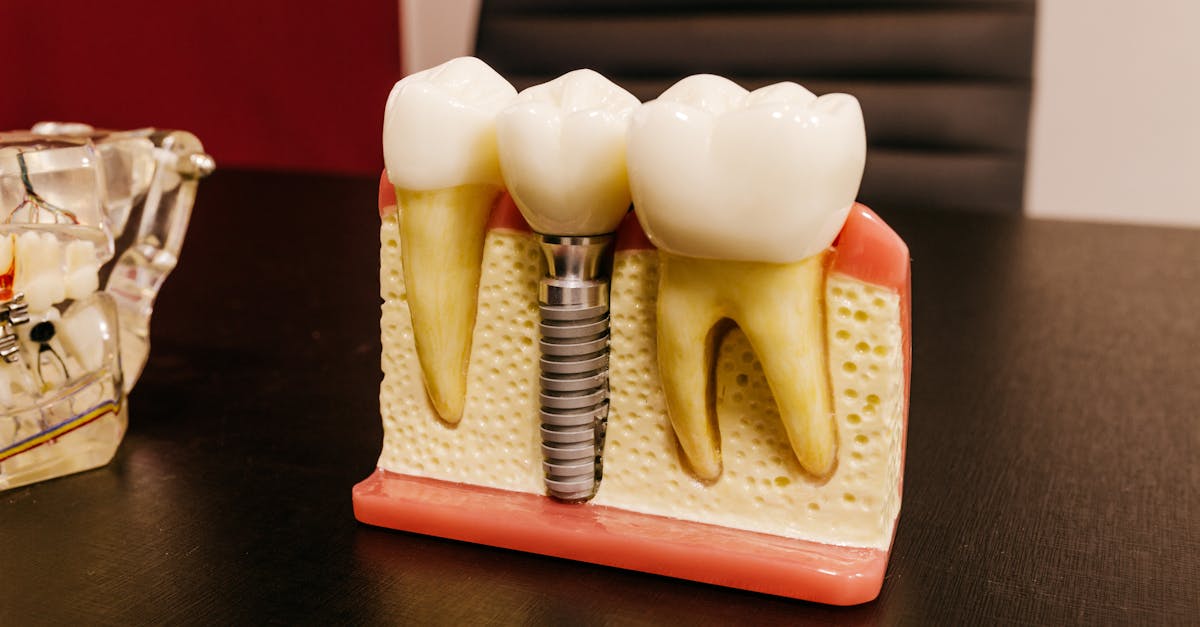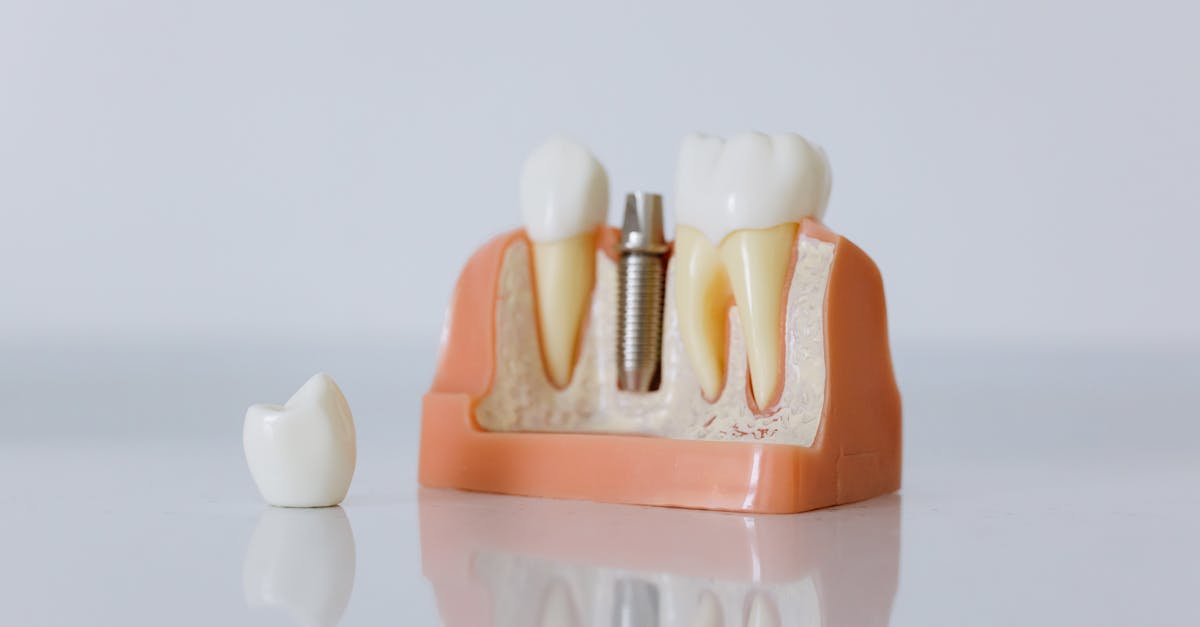Sciatica Pain Relief Guide
Introduction
Sciatica pain can be a debilitating condition affecting millions worldwide. It results from irritation or compression of the sciatic nerve. This article explores effective methods for sciatica pain relief.
Advertisement
Understanding Sciatica
Sciatica originates from the sciatic nerve, extending from the lower back to the legs. It is characterized by sharp or shooting pain, usually affecting one side of the body. Understanding its causes can help in selecting the right treatment.
Advertisement
Common Causes
Common culprits of sciatica include herniated discs, spinal stenosis, and piriformis syndrome. Pregnancy can also put pressure on the sciatic nerve. Identifying the root cause is crucial for effective management.
Advertisement
Home Remedies
Applying cold or hot packs can provide temporary relief from sciatica pain. Resting while avoiding prolonged sitting can prevent worsening symptoms. Gentle stretching and exercises, like yoga, can encourage healing.
Advertisement
Physical Therapy
Physical therapy is a primary treatment for sciatica. Therapists guide patients through specific exercises to strengthen the back muscles. Consistent therapy can enhance flexibility and reduce nerve tension.
Advertisement
Medications for Relief
Over-the-counter pain relievers such as ibuprofen can alleviate mild pain. For severe pain, prescription medications like muscle relaxants or anti-inflammatory drugs may be needed. Always consult a doctor before any medication regimen.
Advertisement
Alternative Treatments
Acupuncture has gained popularity as a non-drug treatment. Chiropractic care can also help by realigning the spine and reducing nerve pressure. Exploring these alternatives can complement traditional treatments.
Advertisement
Surgical Options
Surgery is considered when other treatments fail. Microdiscectomy and laminectomy are common procedures for sciatica. Post-operative rehabilitation is crucial to ensure a full recovery.
Advertisement
Lifestyle Changes
Maintaining a healthy weight can reduce strain on the spine and nerves. Regular exercise and a nutritious diet play roles in preventing sciatic pain. Ergonomic adjustments at work can also improve symptoms.
Advertisement
Conclusion
In conclusion, addressing sciatica involves a combination of lifestyle changes, home remedies, and professional guidance. Early intervention benefits long-term outcomes. Consulting healthcare professionals is key to crafting a personalized treatment plan.
Advertisement








